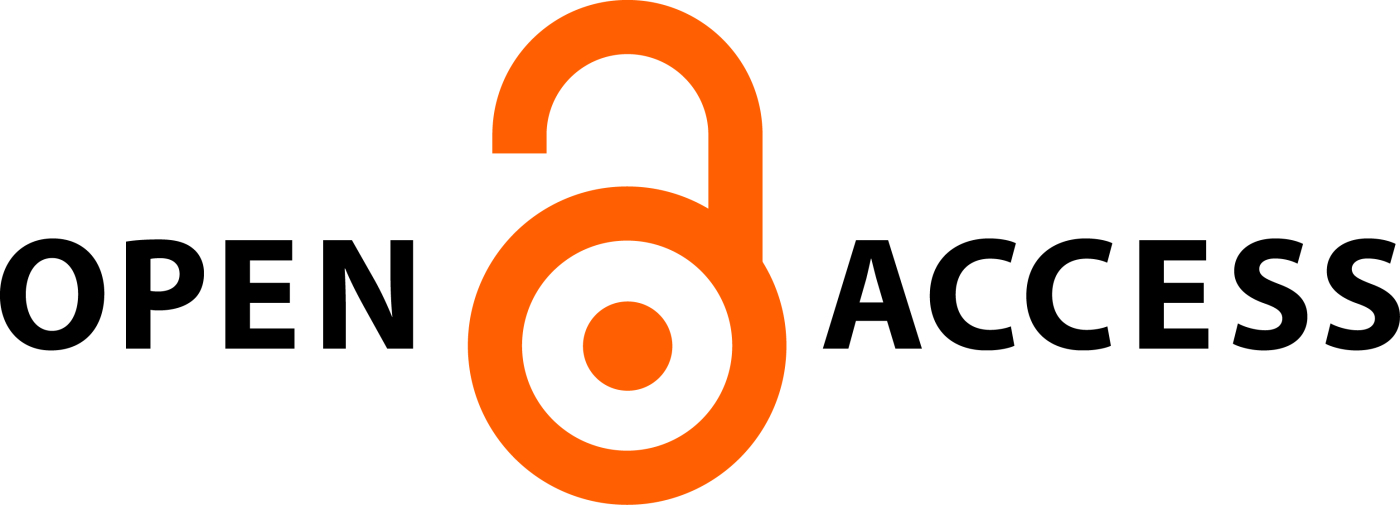FORMULATION AND EVALUATION OF FAST DISSOLVING TABLET OF LEVOCETIRIZINE DIHYDROCHLORIDE AND MONTELUKAST SODIUM
Formulation and Evaluation of a Fast dissolving Tablet
Abstract
Introduction: Fast disintegrating tablets (FDTs) have received ever-increasing demand during the last decade, and the field has become a rapidly growing area in the pharmaceutical industry. Objective: The aim of the present study was to formulate fast-dissolving tablets of Levocetirizine dihydrochloride (LEV) and Montelukast
sodium (MON) by direct compression method. Material And Methods: An attempt was made to mask the bitter taste of Levocetirizine by preparing an ion exchange resin complex by a batch method using Kyron T-104. The tablets were prepared using mannitol, microcrystalline cellulose as diluents, and croscarmellose sodium and crospovidone as super disintegrants. Parameters like a drug: resin ratio, pH & swelling time were successfully optimized to prepare the drug resin complex. The fast-dissolving tablets were characterized for various pre and post-compression parameters along with disintegration time, content uniformity, wetting time, in-vitro drug release, in vivo taste evaluation, and compatibility studies. Result and Discussion: The tablets prepared by direct compression method possess a hardness of 3.4 to 3.6 Kg/cm², percentage friability of 0.65 to 0.80, in vitro disintegration time of 29.82 to 51.7 seconds, and wetting time of 20.4 to 46.8 seconds. The formulation (F4)
containing crospovidone and croscarmellose sodium in 2:4 ratios showed better disintegration time and more than 99% drug release within 6 minutes. Comparative taste evaluation proves the palatability of formulated tablets. Results of stability studies were also found in acceptable limits. Conclusion: The prepared orodispersible tablets disintegrate within seconds without the need for water and enhance absorption; this
may lead to increased bioavailability of LEV as well as MON.
Downloads
All the articles published in JAPSR are distributed under a creative commons license (CC BY-NC-SA 4.0)
Under this license, you are free to:
- Share- copy and redistribute the material in any medium or format for any purpose, even commercially.
- Adapt- remix, transform, and build upon the material for any purpose, even commercially.
The licensor cannot revoke these freedoms as long as you follow the license terms.
- Attribution — You must give appropriate credit , provide a link to the license, and indicate if changes were made . You may do so in any reasonable manner, but not in any way that suggests the licensor endorses you or your use.
- NonCommercial — You may not use the material for commercial purposes .
- ShareAlike — If you remix, transform, or build upon the material, you must distribute your contributions under the same license as the original.
- No additional restrictions — You may not apply legal terms or technological measures that legally restrict others from doing anything the license permits.
Copyright policy
The journal allows the author(s) to hold the copyright of their work. That means the authors do not need to transfer the copyright of their work to the journal. However, the authors grant JAPSR a license to publish the article and identify itself as the original publisher.
Licensing policy
The journal allows the author(s) to hold the copyright of their work. That means the authors do not need to transfer the copyright of their work to the journal. However, the authors grant JAPSR a license to publish the article and identify itself as the original publisher.






